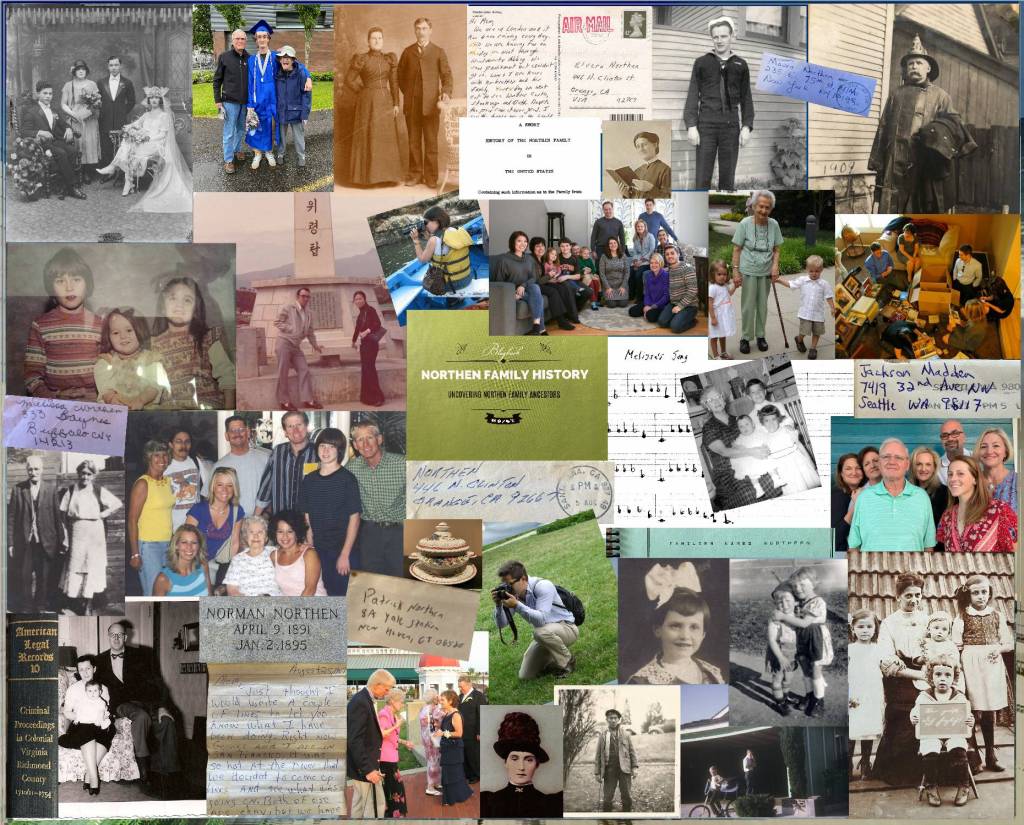My maternal grandfather Victor Valentine Wilkins was born in 1893 in Plymouth County, Iowa , where he lived his early years there. His parents, Ed Wilkins and Katie Sitzman lived much of their young adult life there as well. Katie’s brother Valentine Sitzman in a family document called “The Oral History of Valentine Sitzman” narrates the trip that his family made in 1875 by wagon from Springfield, Wisconsin to Plymouth County. One of the most compelling parts of the story is when he says describes what happened when they arrived.
“That Spring father and I started to farm 12 miles south of Le Mars. The grasshoppers ate the crops the first four years after we came here. We were so hard up that we had to wear wooden shoes, and burned hay in the winter to keep warm. My father died when I was nineteen years of age and from then on I had to rely strictly upon myself.”
It is always exciting to have actual family documents about personal experience, but it can also be satisfying to find outside sources that corroborate those stories. I’ve just come across a book called History of the Counties of Woodbury and Plymouth, Iowa published in 1890. This means that it was written at a time not long after the arrival of the Sitzman family. Valentine’s father Adam Sitzman would have died about 6 years before. The book corroborates Valentine’s story.
“The grasshopper years, as the residents who lived here from 1874-79 term them, were indeed plague years and caused times that verily tried men’s souls. Many had to borrow money and pay excessive interest on the same for the purposed of procuring seed grain, and then, the day before the harvest was to begin, see the broad and beautiful acres totally destroyed by these pests. Not alone for one year but for four or five years in succession did this misfortune befall the settlers of this county. “
Much of the book lists names and dates, and the establishment of first churches, schools, banks and other institutions. Despite the arrival of the Sitzman family in those pioneers, their names are not listed. There is another section of the book, though, that caught my interest because it described the surroundings in which they lived.
My great-grandfather Ed Wilkins arrived in the county at age 13, probably as an orphan. In 1890, the year that the book was published two important things happened to Ed. In February, he married Katie Sitzman and in October, he began working for the Wm. Beleau Company in Kingsley, Iowa located in Plymouth County. Eventually Ed would buy the store he was working for and set up his own farm implements business, but in 1890, that was a long way off. The History of the Counties…. gives us a sense of what it was like to live in Kingsley at that time.
“In 1885 the population was 400 of which 300 were American born and 100 foreign mostly German and English. Kingsley is the chief town in the south half of Plymouth county, and furnishes a grain and stock market for an immense territory, and hence is one of the most thoroughly prosperous towns in the county. Its streets are daily filled with farm teams and its merchants are usually busy. It has a population of about 800 people, nearly all of whom are Americans. Kingsley has the merited name far and near of possessing the most enterprising and best merchants to be found in this section of Iowa.“
As those following this website know, Ed not only became one of those merchants but was eventually elected to be the town supervisor.



